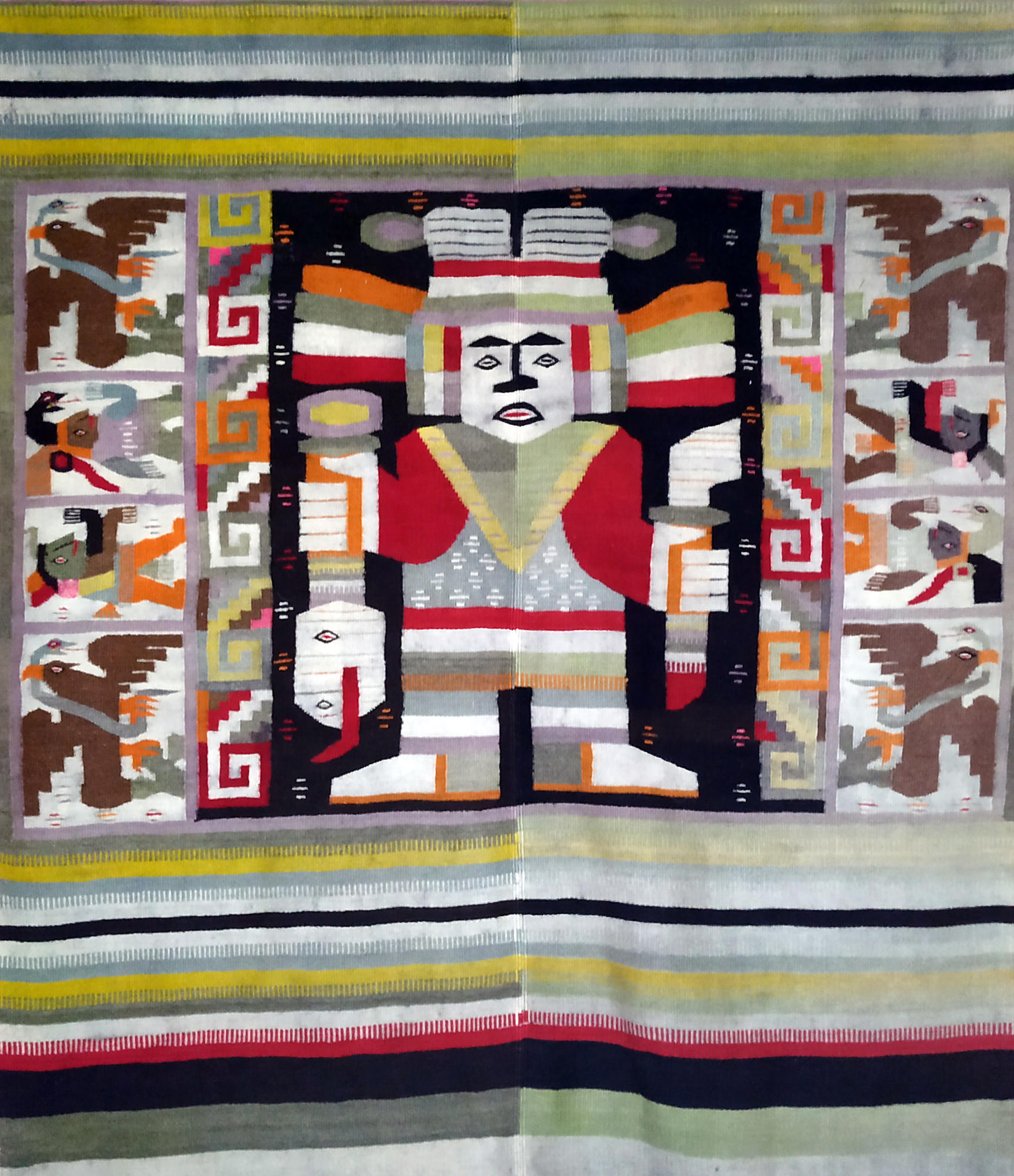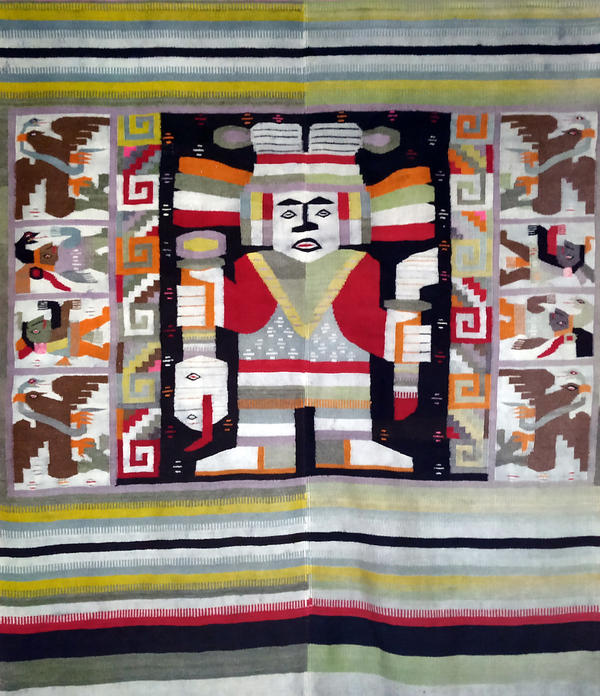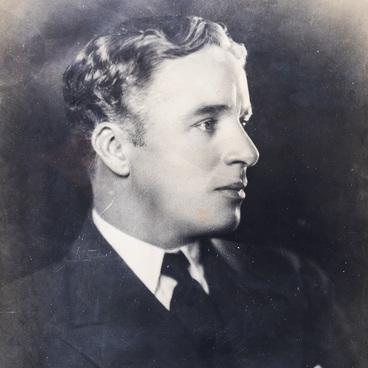Like other pieces of Mexican ornamental art, Sergei Eisenstein brought this rug from Mexico in 1932. The composition is arranged around a Mexican heroic leader, who is identified with the feathered serpent Quetzalcōātl, a deity revered by Latin American Indians since ancient times.
A small rug from Mexico with a similar stylized figure and geometric ornament probably lay in the library of the director’s apartment or decorated his summer house in the village of KrAtovo.






